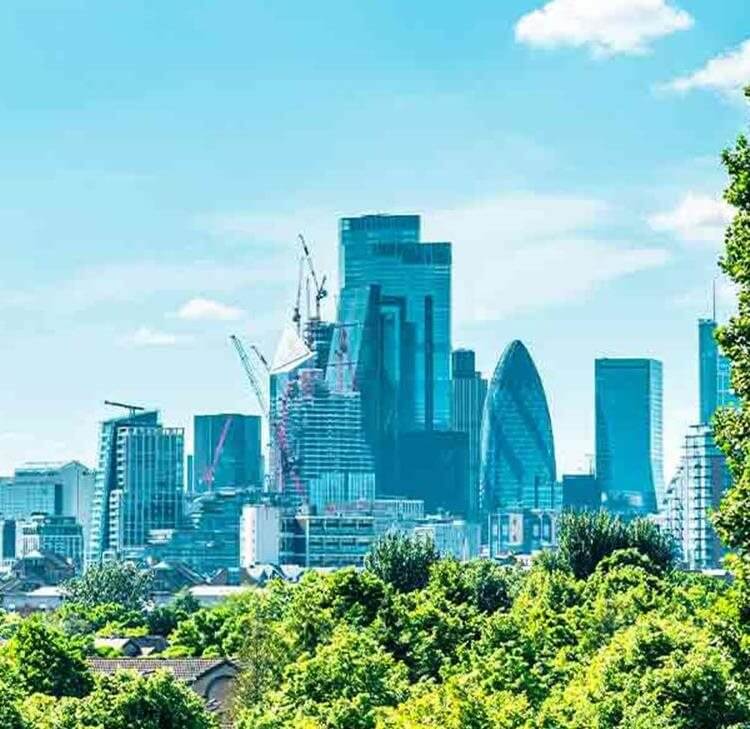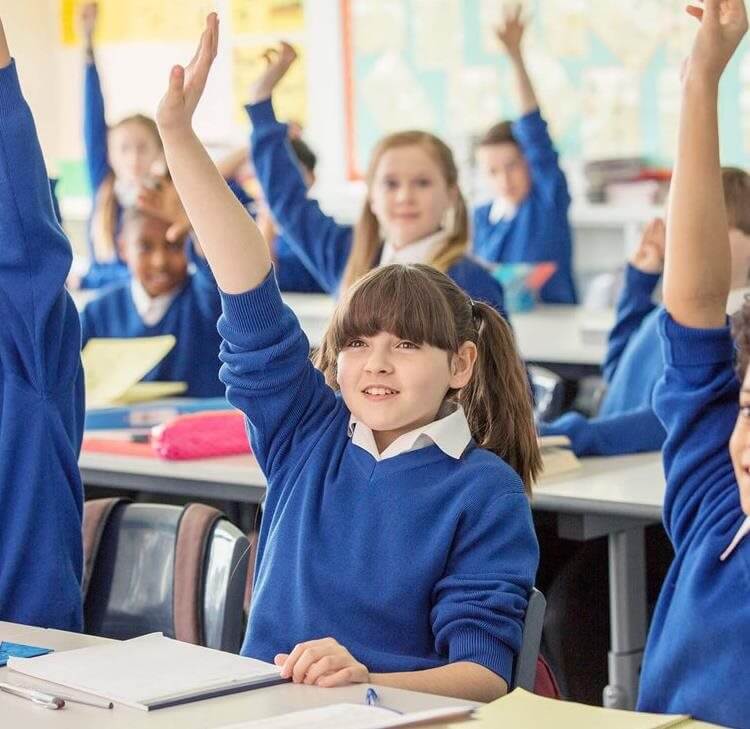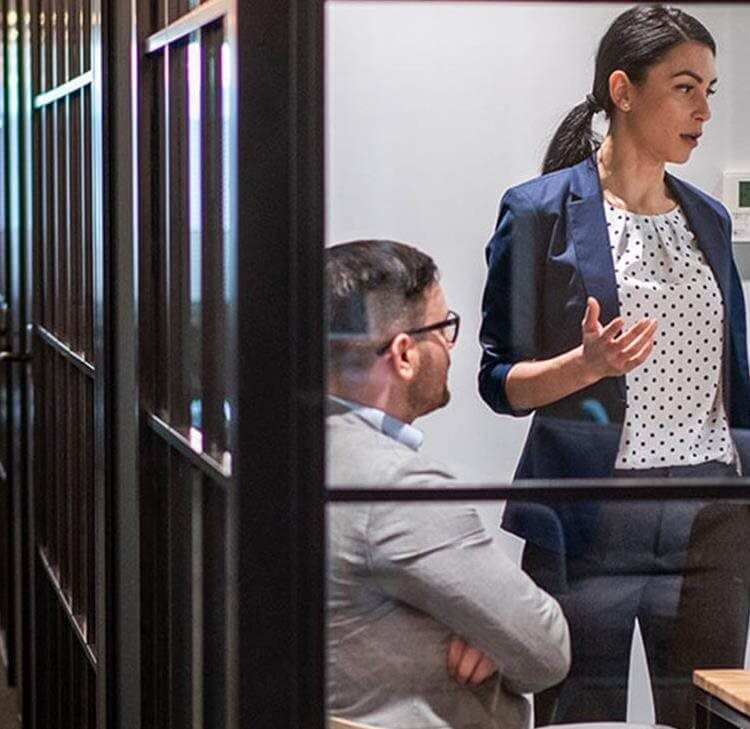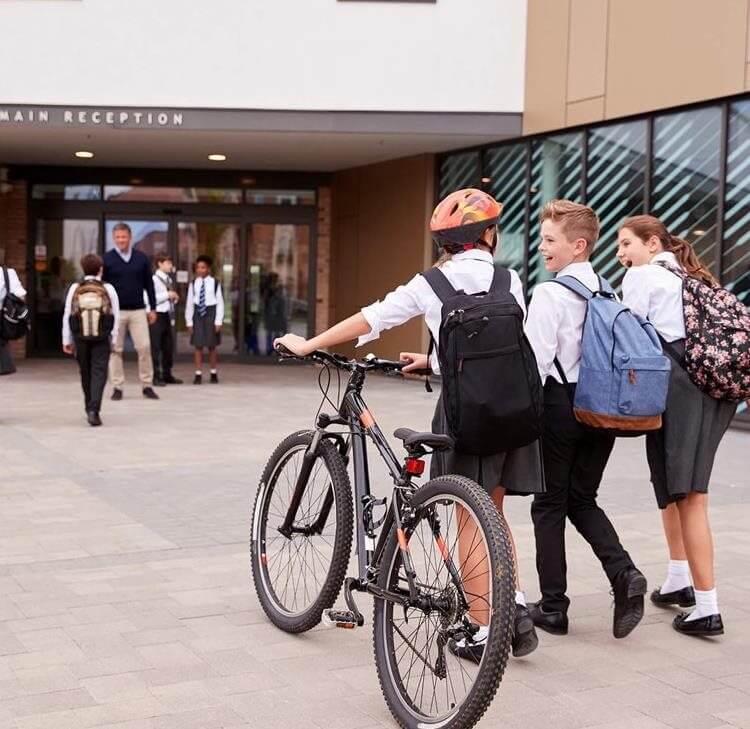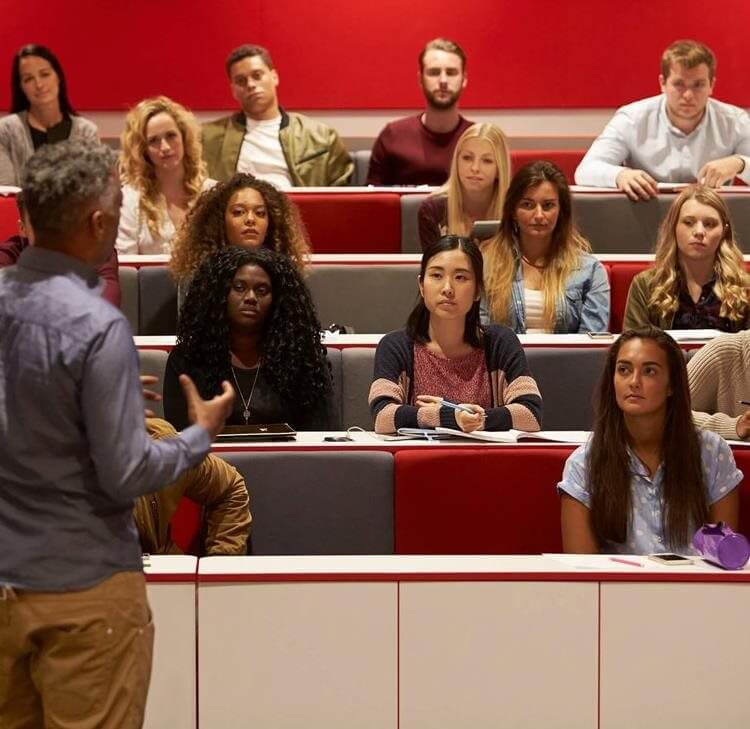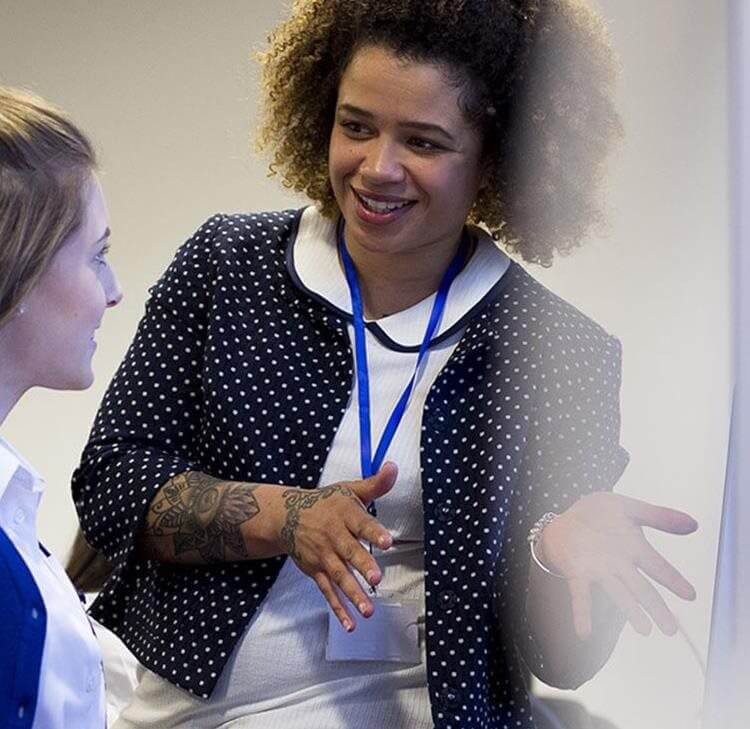The DfE’s draft education and sustainability strategy: for higher education institutions
We consider each of the ‘action areas’ of the draft strategy & what it might mean for higher education.
The 5 November 2021 had the theme of “Youth and Public Empowerment” at COP26. It was therefore fitting that the Secretary of State for Education released the draft Sustainability and Climate Change strategy for education and children’s services systems. The draft strategy will apparently be built upon over the next six months in collaboration with young people, educators, sustainability experts and environmentalists, with the final version of the strategy being published in April 2022.
Not much publicity has been given to the fact that as well as the schools sector, the draft strategy is currently proposed to apply to all actors in the education sector, including to higher education.
We consider each of the ‘action areas’ of the draft strategy and what it might mean for higher education below, but it is worth also touching on the two initiatives which are put forward to drive the strategy:
- The first is the concept of considering the physical education estate as one large entity under the guise of a virtual National Education Nature Park. It is not entirely clear from the strategy exactly how the virtual park will work, but the vision seems to be a digital mapping-based tool where work done in the education estate on improving biodiversity, halting nature’s decline and driving climate resilience can be shared, with the platform also being used by children to improve their understanding of this area. The draft strategy states that the Park will help connect work already being undertaken in this space by The Woodland Trust, Eco Schools, The Natural History Museum and others.
It is clear from references later in the strategy that it is very much intended that the higher education estate will be part of the platform, and that it might also drive opportunities for partnerships between higher education and schools.
- The other initiative proposed to drive the strategy is the roll out of a Climate Leaders Award (which will be renamed through the next few months consultation phase). Again, without being totally clear on what is involved, the draft strategy talks about credits being earnt through activities in existing awards schemes such as the John Muir Award, the Duke of Edinburgh’s Award, and the Junior Forester Award.
Action Area 1: Climate education
Moving onto the action areas, the first area focuses on enhancing teaching in schools on the causes and impact of climate change. As might be imagined, most of the proposed policy/activity in this area is focussed on schools, and the curriculum.
Higher education is mentioned in the context of teacher training, teaching of sustainability within university courses, partnerships with schools (the example given is universities linking with schools to share green spaces and climate expertise), and the encouragement of sharing of examples of “effective, evidence-based climate education” across all settings.
Of those the six-word reference to “teaching of sustainability within university courses” is the most intriguing, given that the Government has no control over the content of university courses. Presumably, the Government is relying on the higher education sector co-operating with its aspirations here! That said, with the world increasingly concerned about climate change, and changing as a result of it, the topic is likely to need to be included in many courses of study going forwards in any event.
Action Area 2: Green skills and careers
This area is, naturally, of much more relevance to the higher education sector. Indeed, the draft strategy opens this topic by stating that the Government will “support the further and higher education sectors as they deliver programmes teaching the skills of the future, develop research and drive innovation to develop solutions to the climate crisis, and nurture future leaders.”
Beyond that though, much of the detail is focussed on qualifications which are skills based and will sit primarily in the further education sector, and adult re-training for people working in areas which will be impacted by changes in climate policy (for example, re-skilling heating engineers). There is reference to improving take-up of STEM subjects at all levels, and a commitment to grow the number of Institutes of Technology.
Again, the limitation on the Government’s ability to dictate the content of degree level content is the reason for the lack of detail about higher education initiatives in this space, but that again leaves the door open for the sector to drive the ambition.
Action Area 3: The education estate
There are three main aims within this action area, reduce carbon emissions, adapt the estate to cope with climate change and increase biodiversity.
Again, none of the detail under this heading refers to higher education specifically, and most is specifically aimed at the school sector. However, there is a commitment within the draft strategy that the Department for Education (DfE) will work with the Department for Business, Energy and Industrial Strategy to evaluate the best value for money approaches for retrofitting education buildings to reduce carbon emissions.
Even if the higher education estate is not ultimately specifically targeted in this strategy, it will undoubtedly be caught by some of the new regulation which is likely to flow from the Government’s Net Zero strategy. That strategy envisages reduction of energy consumption in commercial and industrial buildings by 2030 (driven by regulations and a performance-based measurement scheme), and a reduction of direct emissions from public sector buildings by 75% by 2037. Accordingly, however the buildings in the higher education estate are categorised for these purposes, change is coming in this area and organisations need to be commissioning highly energy efficient new buildings (where required), and making plans for retrofitting older buildings. The most ambitious will take steps which has the potential to drive community wide benefit, such as a university being the focus for a district heating scheme.
Action Area 4: Operations and supply chain
Again, none of the content in this area specifically references higher education, but the draft strategy does commit to reducing food waste across the education sector working with Defra and the Waste Resources Action Programme (WRAP), and considering the emissions from food consumed in the sector and reducing.
Likewise, the draft strategy commits that the DfE and its arm’s length bodies will mandate that all suppliers bidding for contracts over £5m per annum commit to achieving Net Zero by 2050, and must produce a Carbon Reduction Plan, showing how they will meet that target. Likewise, the DfE will work with schools to embed sustainable buying in their purchasing decisions. Again, there is no reason why the higher education sector as a whole, or individual institutions, could not adopt similar, or more stretching, objectives even if that is not ultimately mandated for the sector by the strategy.
Action Area 5: Data
The main objective set out in the draft strategy in relation to data is to work with all sectors in education and childcare to improve reporting for carbon emissions, and in this context, higher education is specifically referenced. The draft strategy indicates that the DfE will work with the sector to expand targets and mandatory reporting of carbon emissions across HE providers by 2022.
Clearly once mandatory reporting is in place for HE providers, the next step is likely to be mandatory reductions, although we anticipate that many sectors will become subject to such over the next few years.
Closing thoughts
All in all, for a draft strategy which is supposed to cover the higher education sector, it says very little about higher education! However, the action areas neatly divide up the main ways in which most higher education institutions can contribute to the drive to minimise emissions, and adapt for the future, and so perhaps provide a framework for your own action. We anticipate that the higher education sector will increasingly be subject to regulation in this area and would encourage the sector to take the lead on setting the agenda.
Not only does the sector have an opportunity to make a significant positive contribution to reducing the UK’s emissions, it is also the sector serving some of the most demanding consumers – young people. COP26 showed us that if there is any hope at all for the world, it lies in our young people, and so our higher education institutions must rise to the challenge of supporting them in their aspirations for a greener future.
If you’ve not already seen it, in their recent publication ‘Confronting the Climate Emergency’ Universities UK have documented how some universities are leading the way with climate action which makes an informative read.


